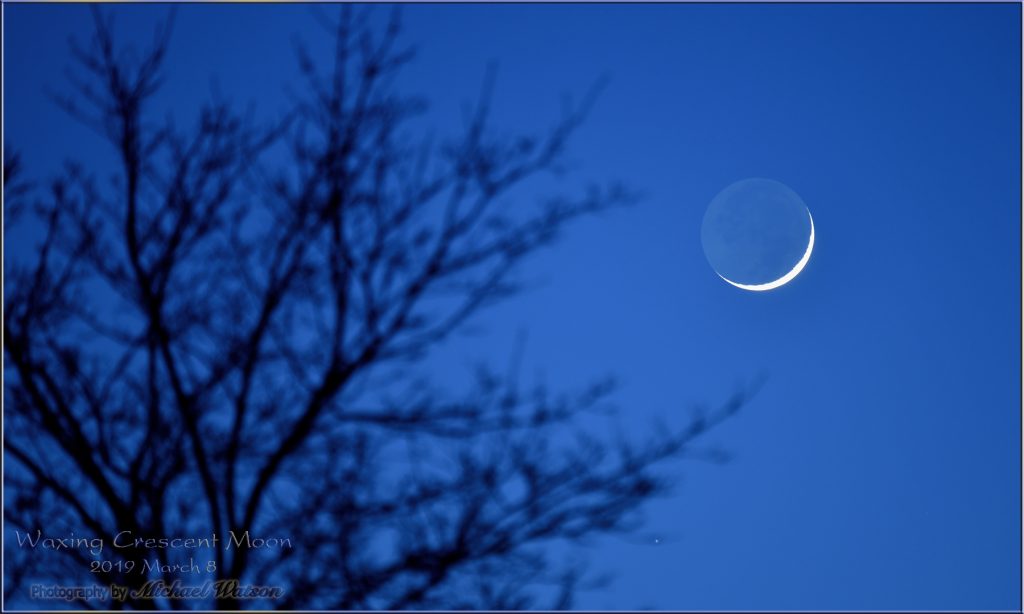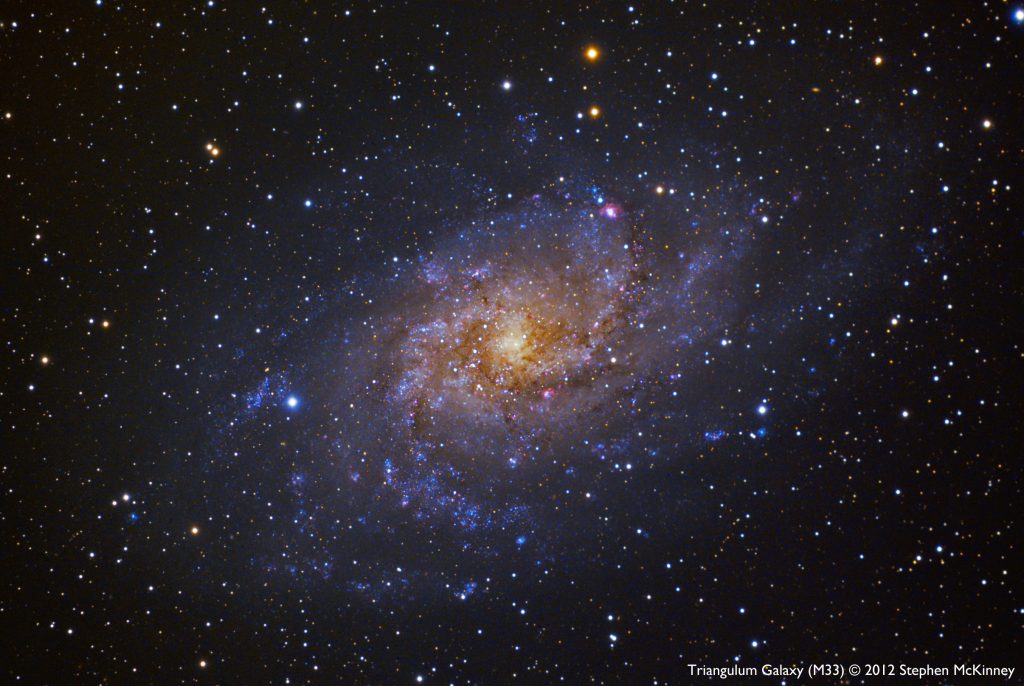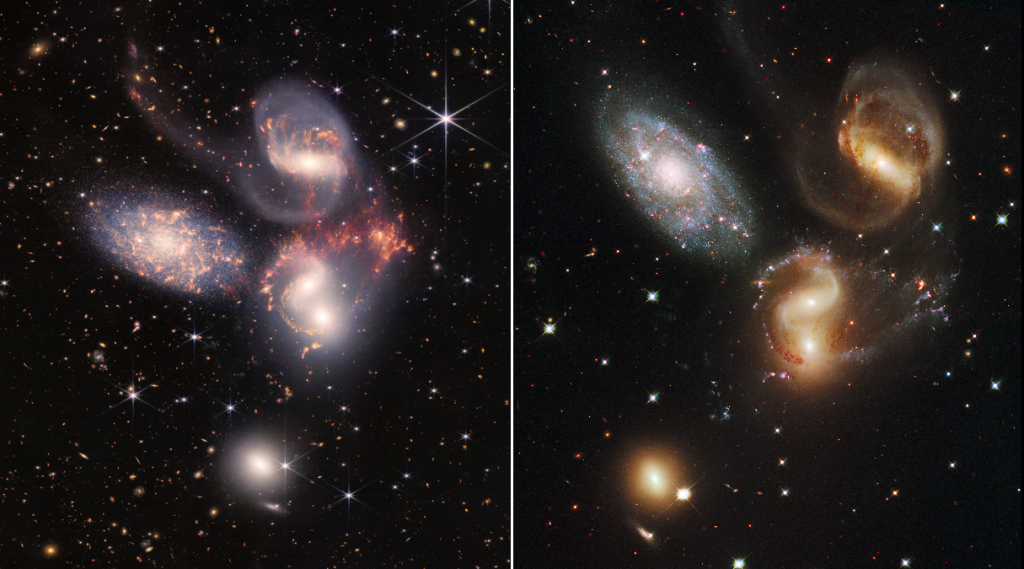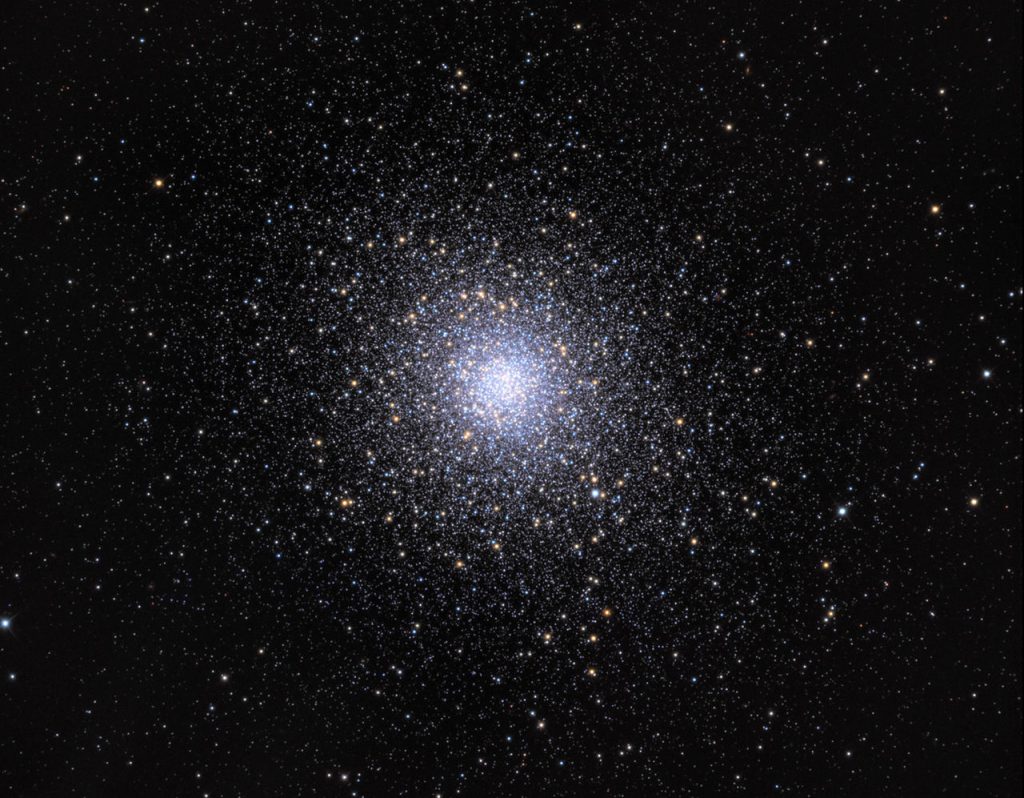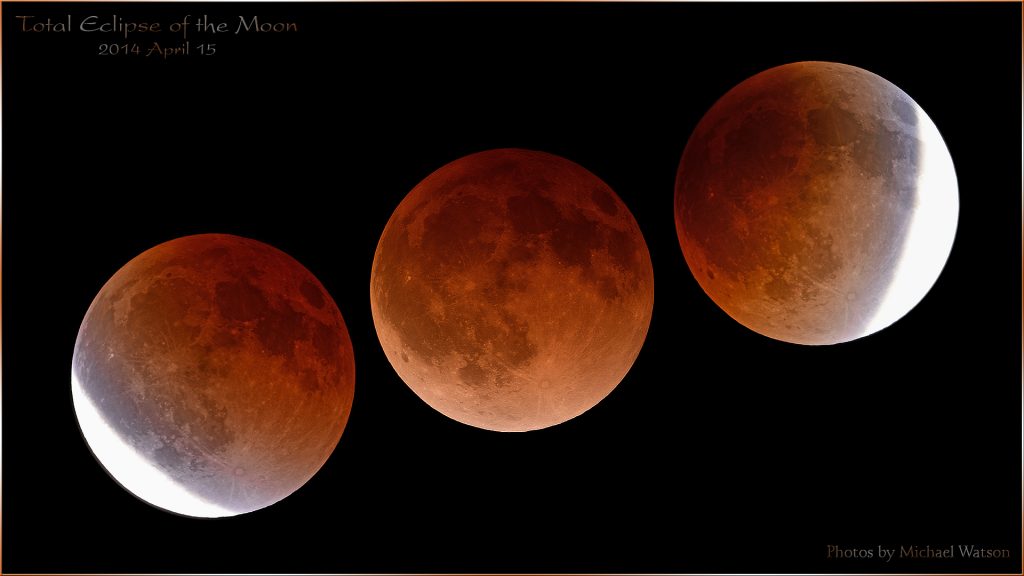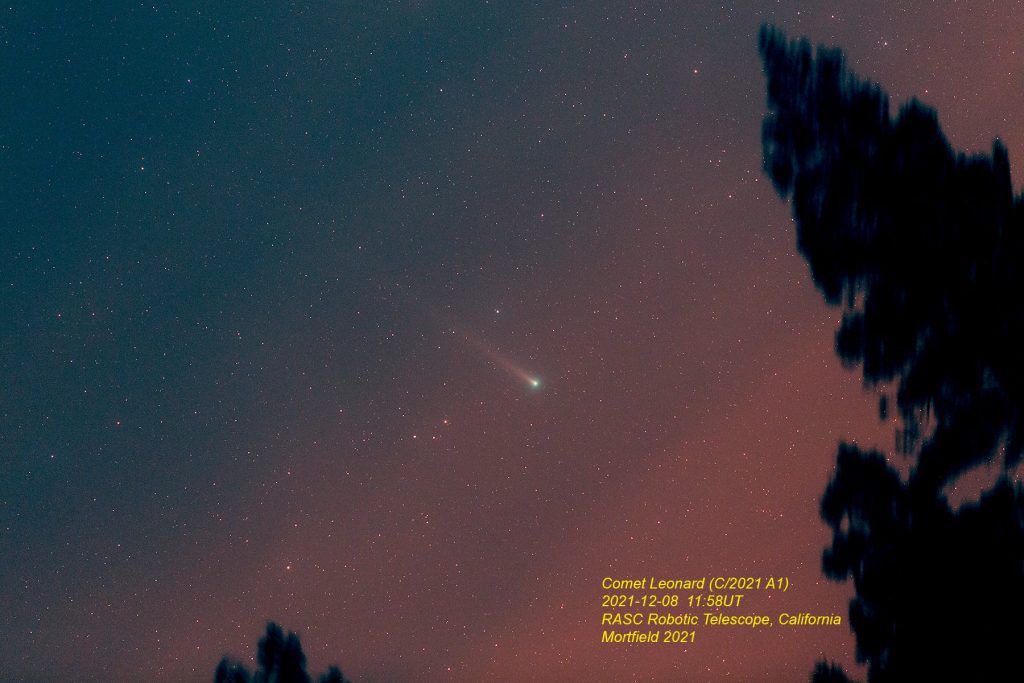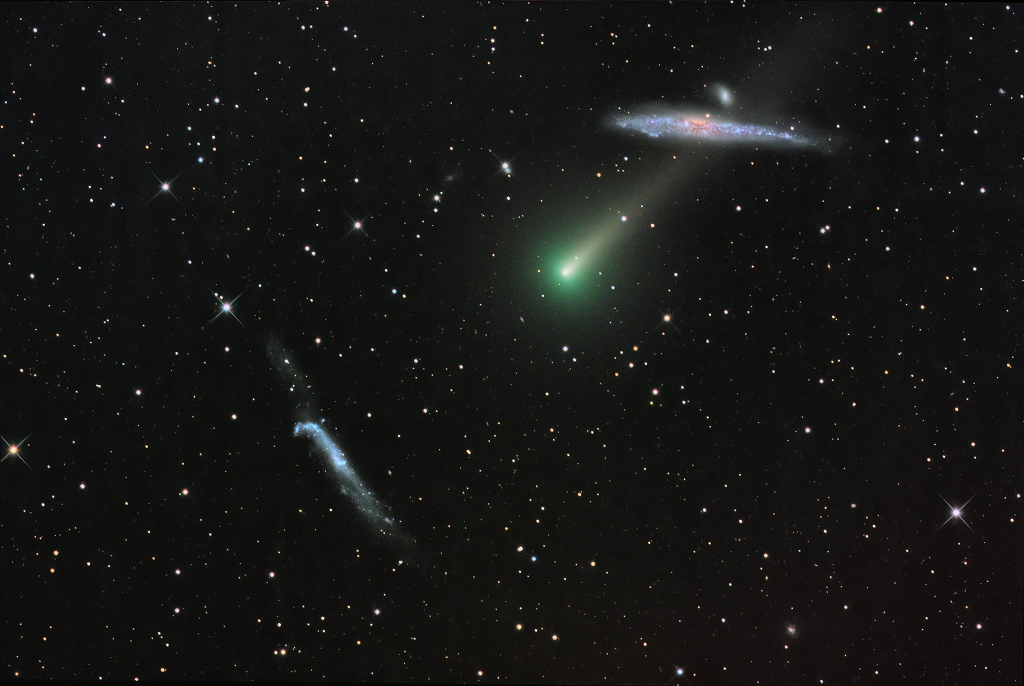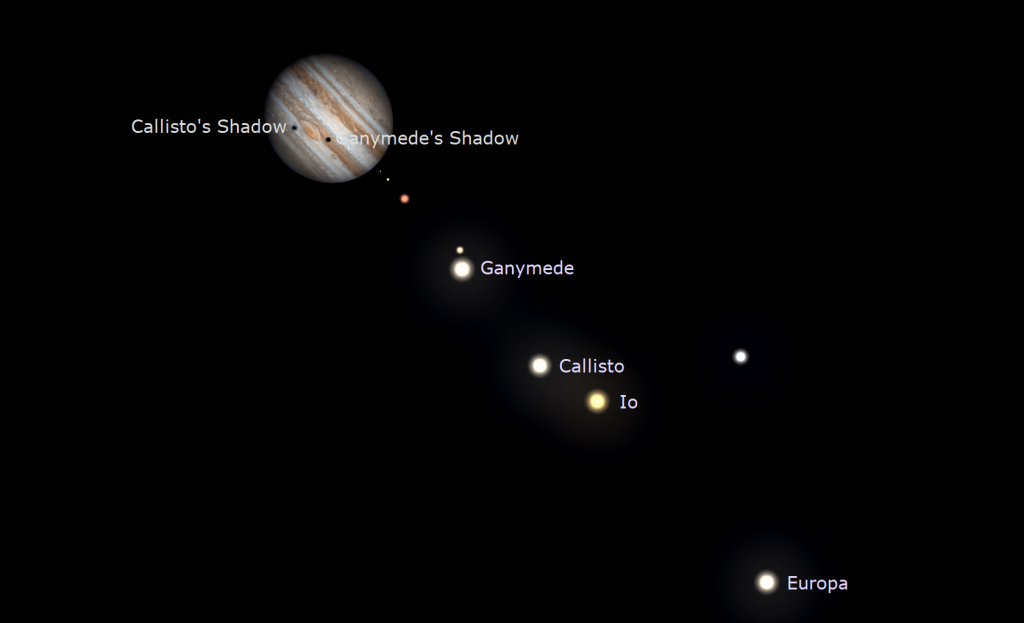The Waxing Moon Meets Venus in Evening While Morning Planets Dance!
This image by Michael Watson of Toronto nicely captured earthshine on the waxing crescent moon after sunset on March 8, 2019. Michael’s terrific galleries of moon images are hosted on his Flickr page. Hello, May Stargazers! Here are your Astronomy Skylights for the week of May 21st, 2023 by Chris Vaughan. Feel free to pass…
Read more
